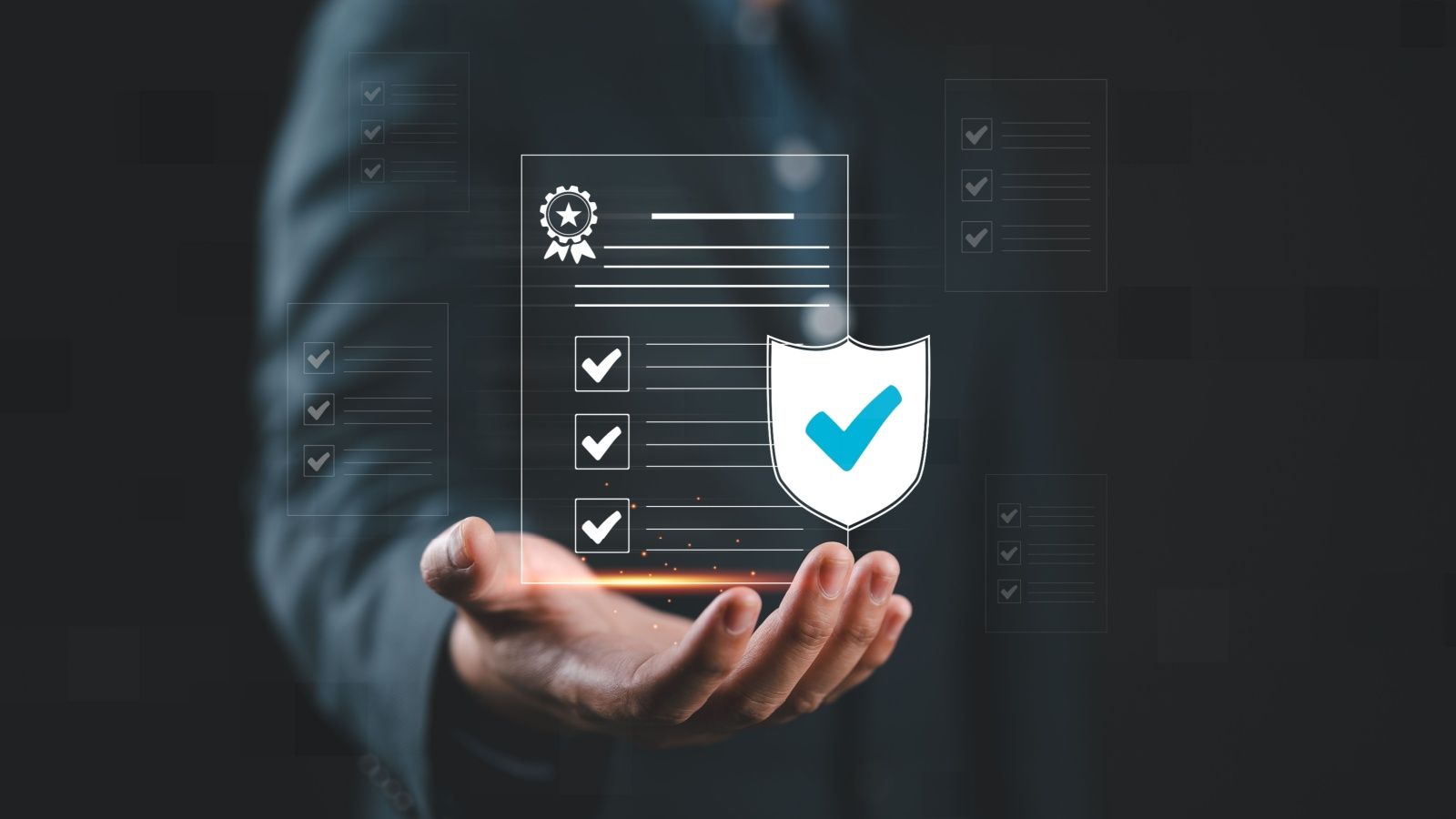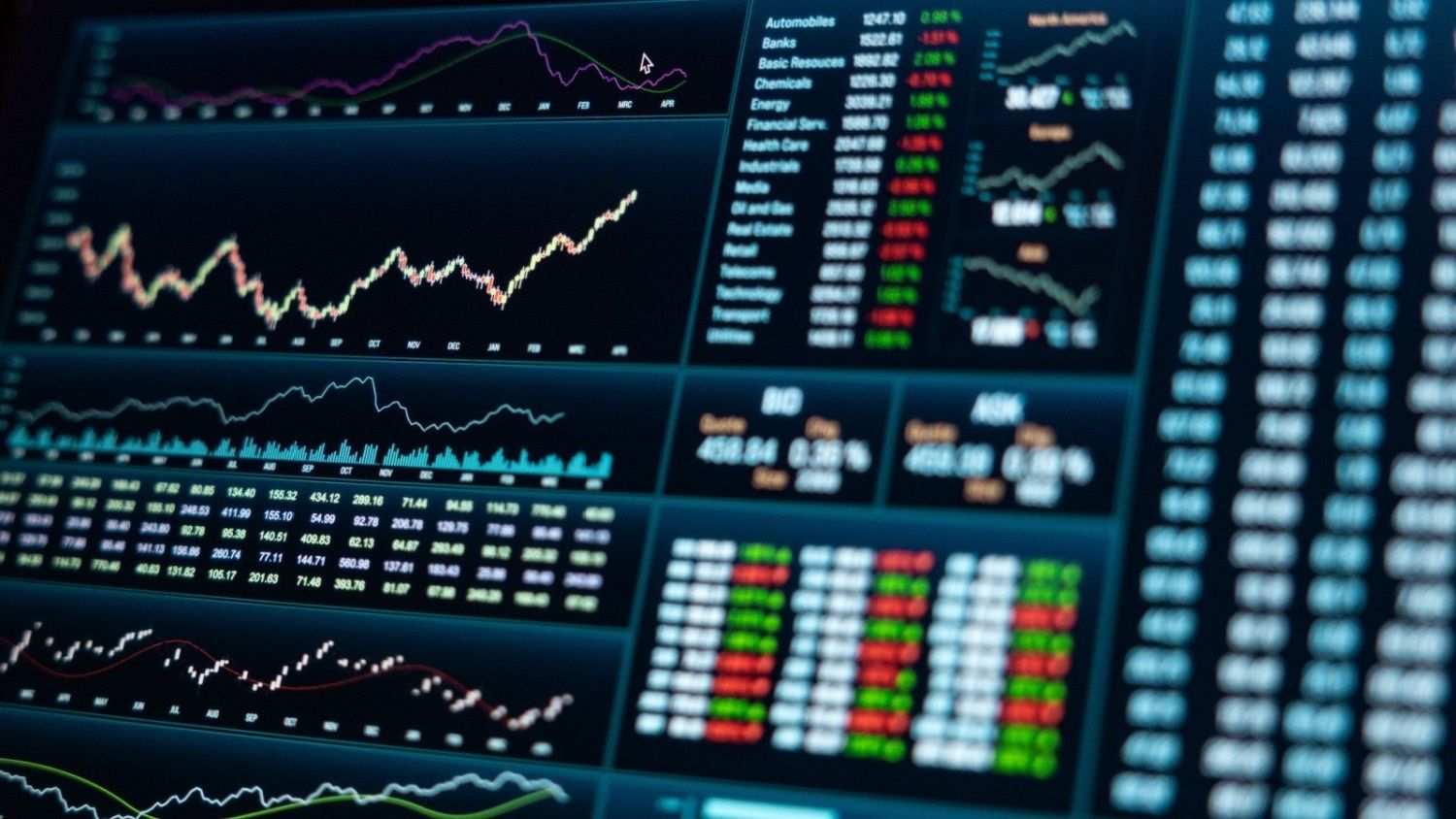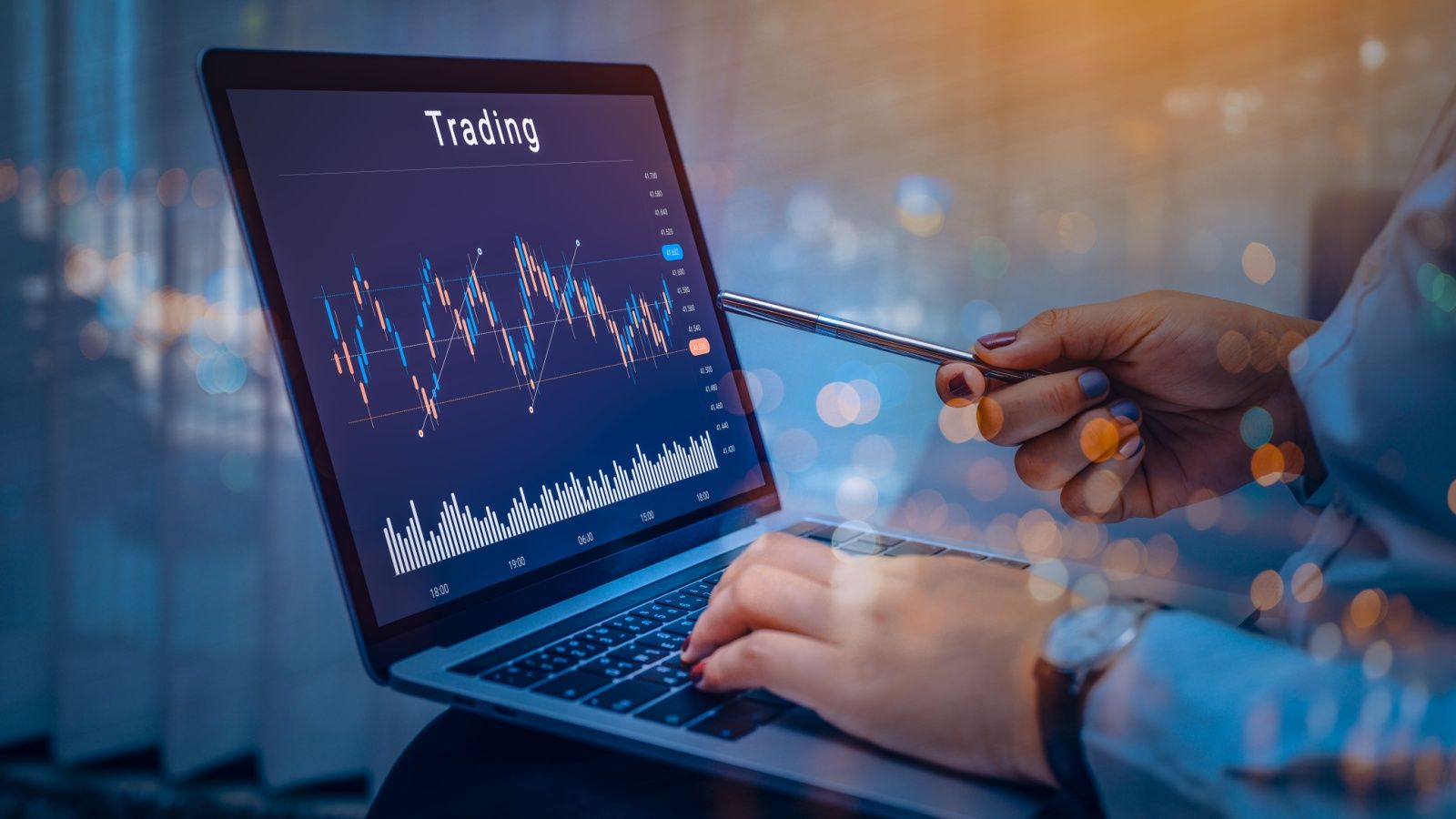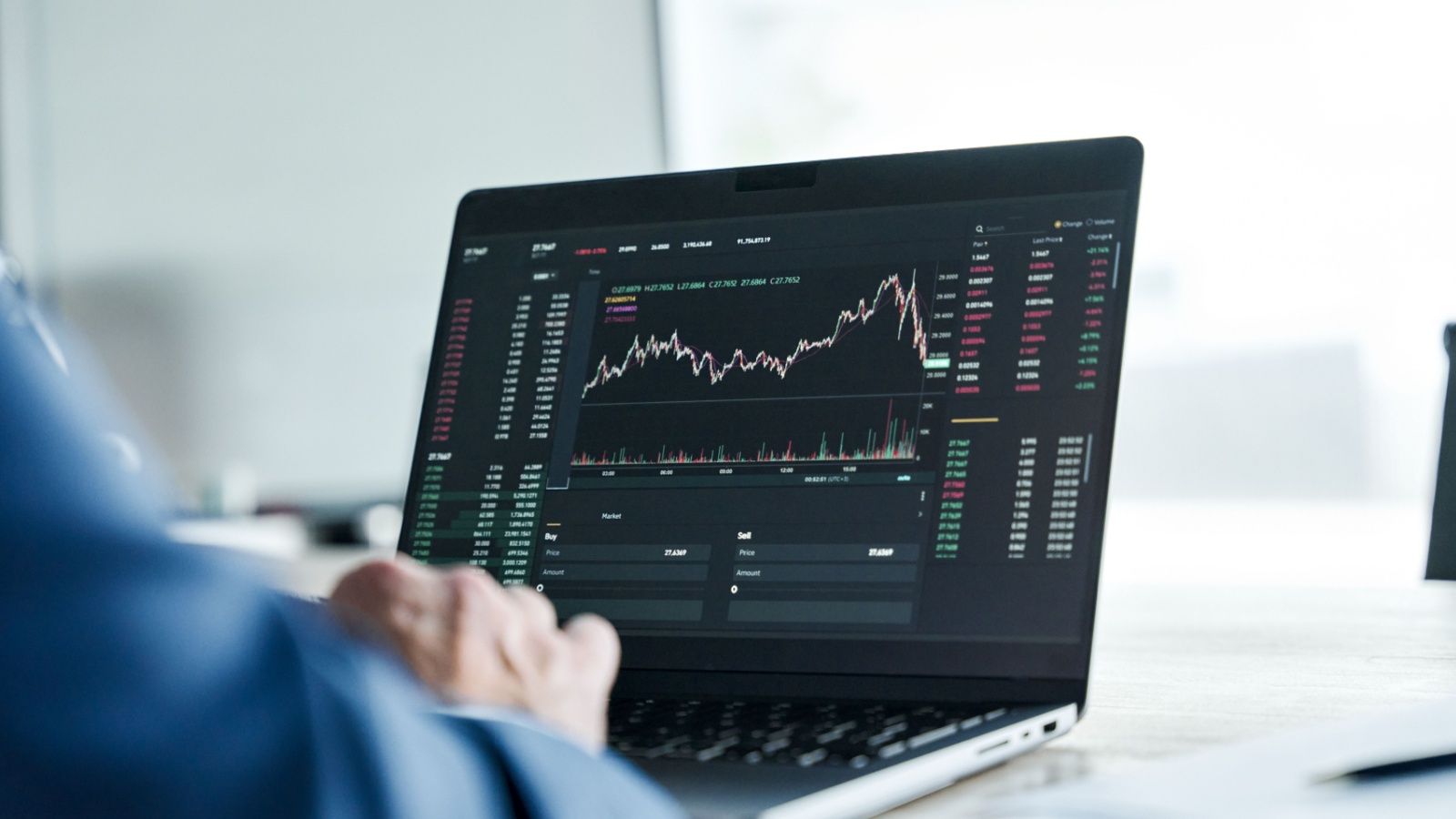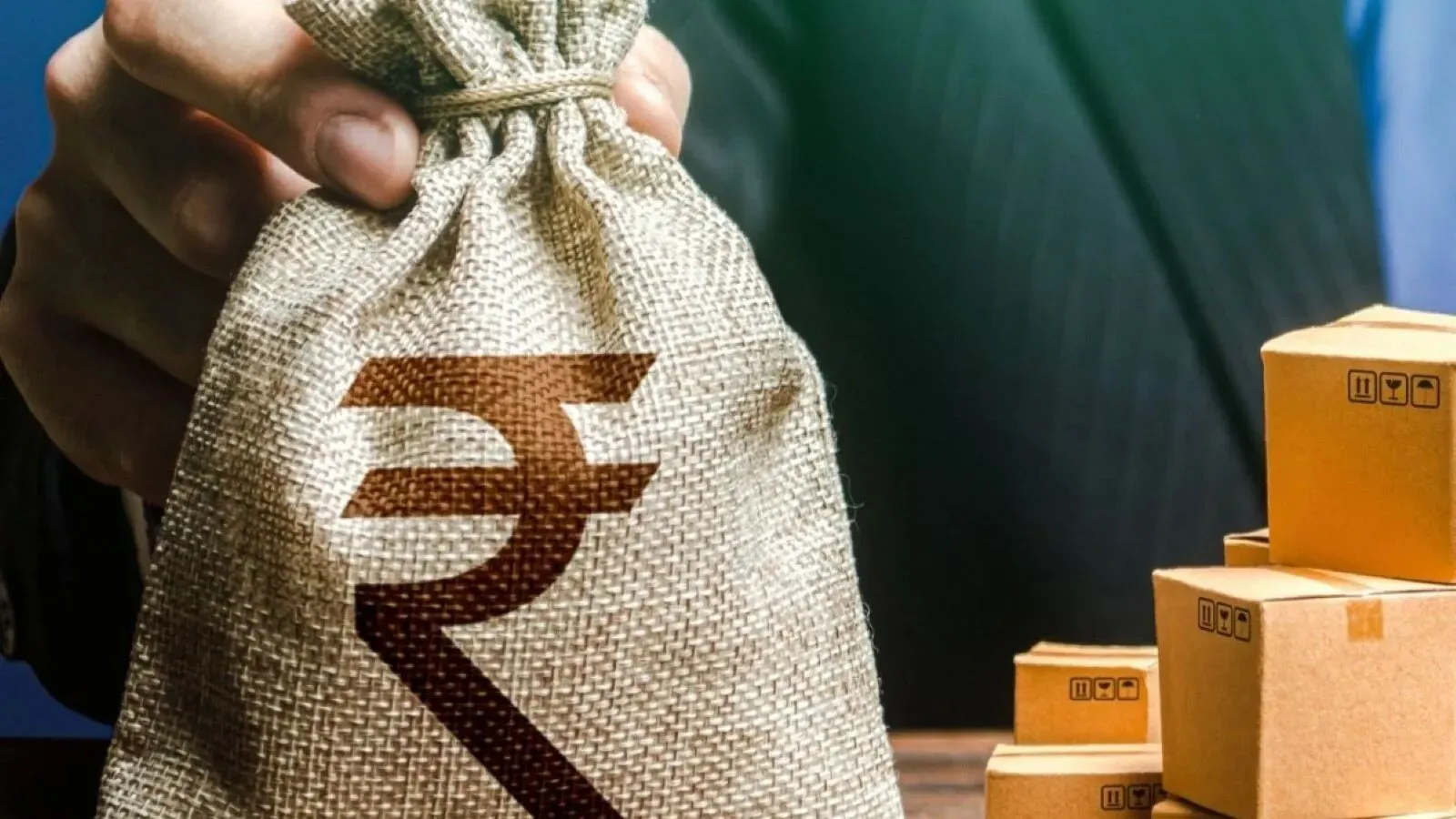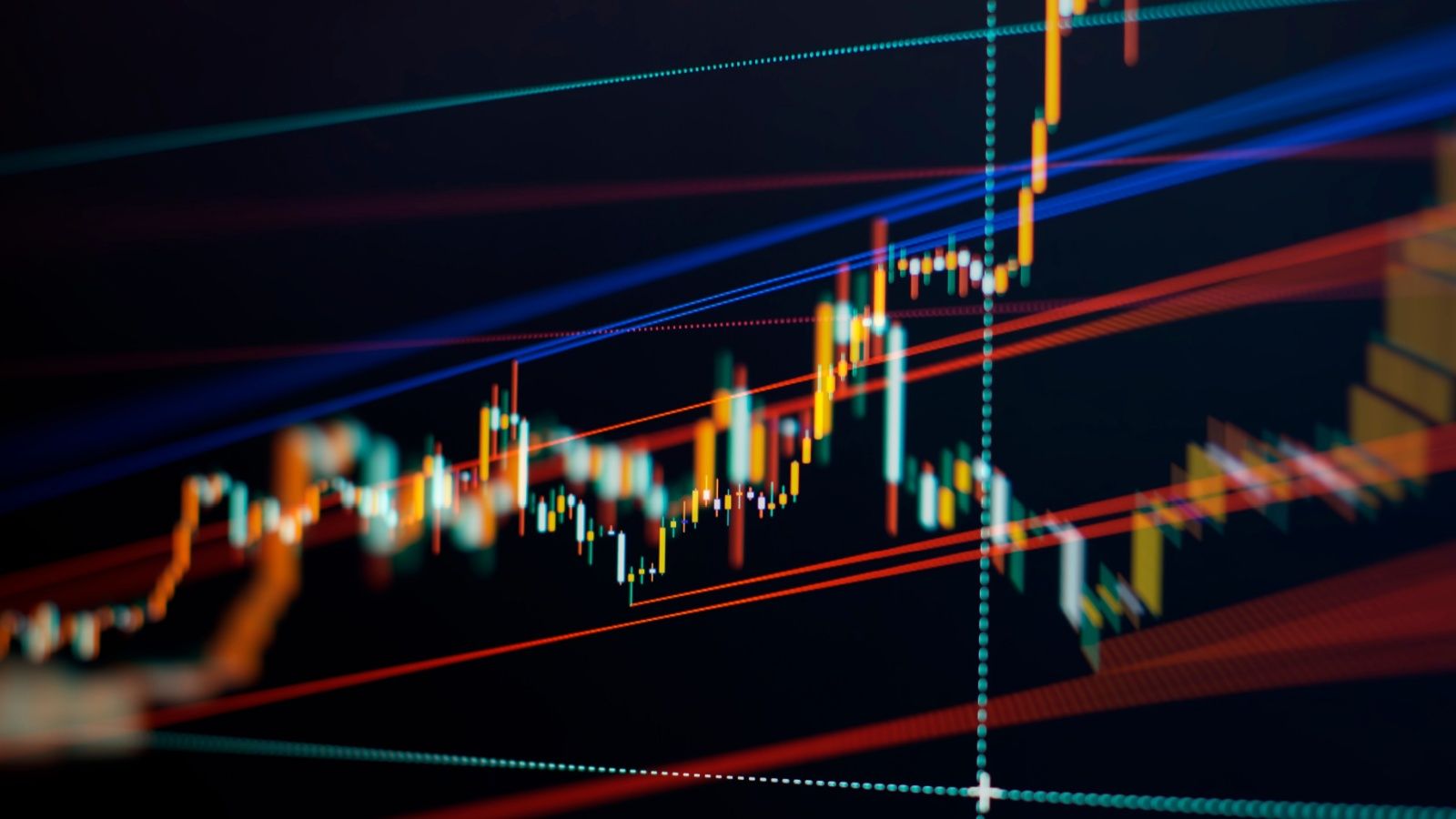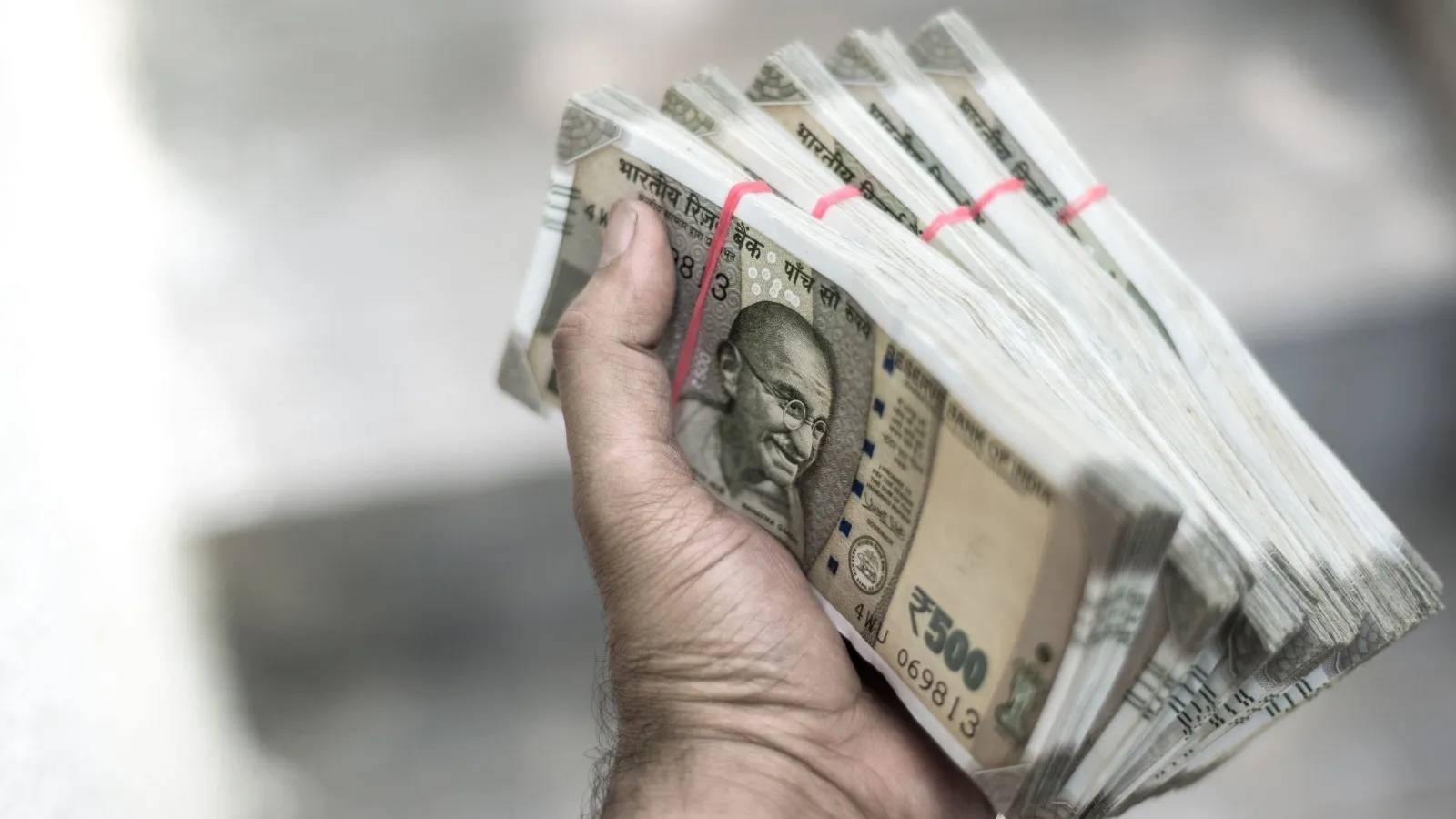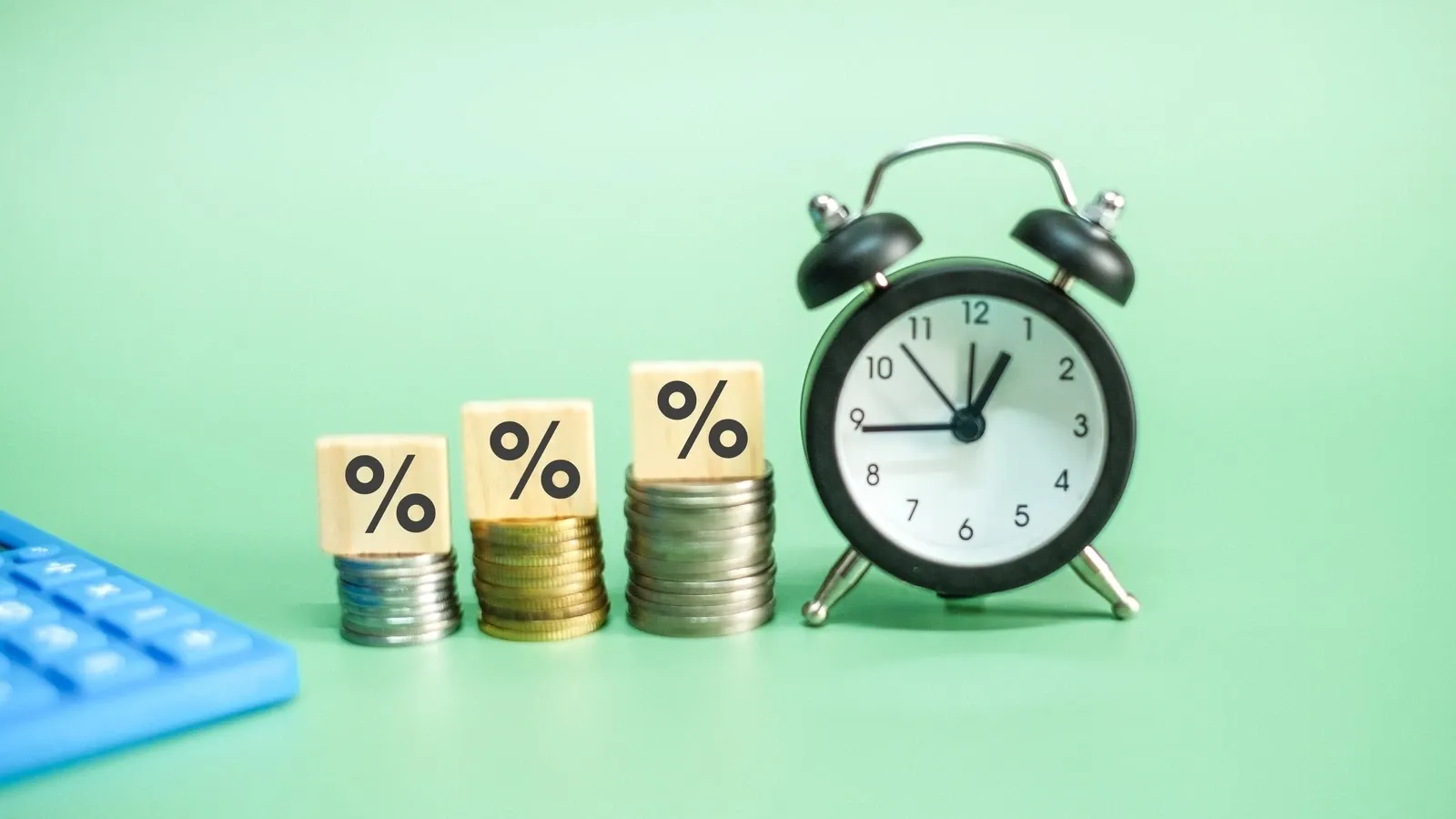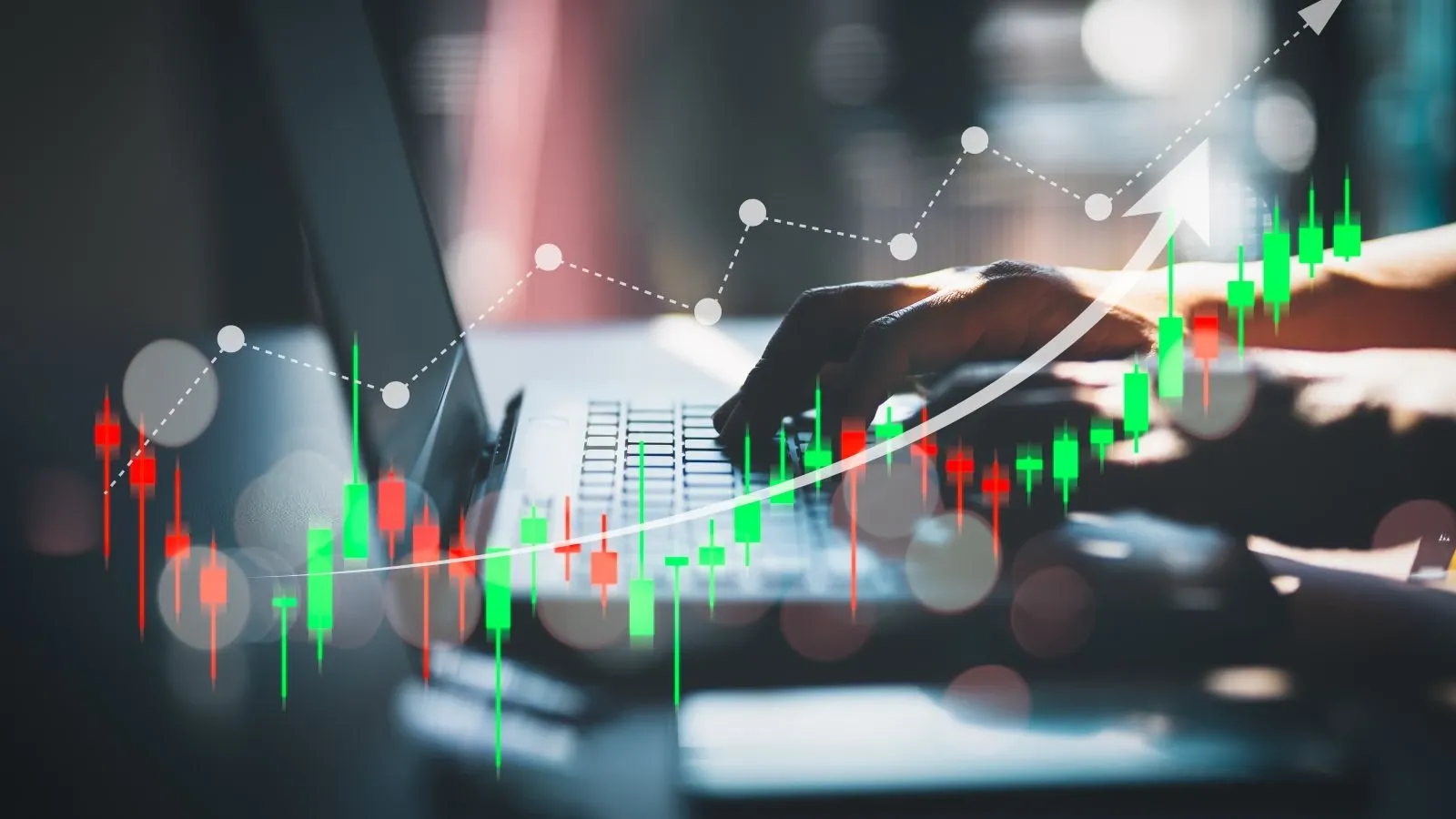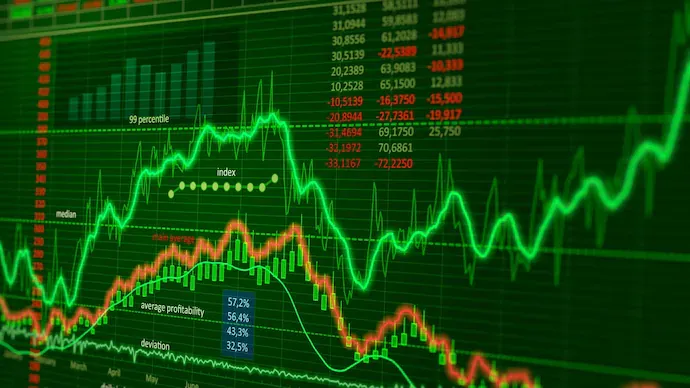What are Current Assets: Meaning, Examples, and How to Calculate
Written by Upstox Desk
Published on October 06, 2025 | 6 min read

We all know a company's balance sheet is comprised of broadly three things – assets, liabilities, and shareholder's equity. However, this asset section can be further categorized into current, non-current, tangible and non-tangible assets.
Understanding how well a business is placed, how well it can perform, or whether it has liquidity depends majorly on the total current asset. Here in this article, you will read about the details regarding current assets and their implications.
This article will cover:
- What are current assets?
- Are there different types of current assets?
- How to calculate the current assets of a company?
- Which financial ratios depend on the current asset?
- Importance of understanding current assets for an investor
- Conclusion
What are the current assets?
Current Assets are one of the most crucial lines of items in a company's balance sheet. If we have to state the meaning of current assets, then any asset that can be converted into cash within a short time, say a year or less, can be called current assets.
These are the first line of items listed in a balance sheet in the asset section, and the examples of current assets can be cash, cash equivalents, inventory and others that can be easily turned into cash if required. Basically, these are assets that can be liquidated in case of an urgent need for money for the business in the event of winding up. Thus, it is also known as liquid assets for this reason.
Are there different types of current assets?
If you are wondering exactly what current assets are, here is the list of those assets referred to as current assets.
- Cash and cash equivalents: When you see a balance sheet, you will find cash at hand and cash at the bank, these are cash, and cash equivalents are bank deposit certificates, money market funds, government bonds of short-tenure (short-term bonds) and also treasury bills. So, these comprise the cash and cash equivalents segment of the current asset account.
- Accounts receivable or debtors: Debtors you will see in the asset side of any company's balance sheet, also referred to as accounts receivable. This component of the current asset means the services provided or products sold by the company, but the payment is yet to be received. Usually, the credit cycle of a business is around three months or a maximum of six months, which is less than a year, and thus it is included in the business's current assets. However, in case of a long-term credit facility offered to any customer then that won't be included in the current asset.
One thing you need to remember about accounts receivable is that if there are any doubtful debts or bad debts, those which are never going to be collected, you need to subtract the same from the accounts receivable.
- Prepaid liabilities: On contrary to debtors, where you will get money for the services/products already provided, prepaid liabilities are the expenses that the business needs to bear but have already paid in advance. Though prepaid expenses won't get converted into cash or cash equivalents within a year, prepaid liabilities help clear up the working capital you require and are thus considered current assets.
- Marketable securities: Investments in liquid assets – shares and bonds which are easily sellable without affecting the market value are also considered a current asset in a company's balance sheet. A current asset example for this component can be Company ABC, an automobile company, investing in XYZ Company, which makes tyres. Now, ABC holds 10000 shares of XYZ, which is trading at ₹ 500 per share, and the volume of the trading for XYZ shares is high. So, here, ABC can easily liquidate their investments in XYZ.
- Inventory: Another major component of current assets is the inventory in a business. Inventory includes raw materials the business has stocked up for production, spare parts, components, and finished goods. However, inventory needs to be evaluated from time to time and needs to have proper inventory management in place so that inventory does not block the working capital, as not all inventories can be encashed within a year or so.
- Other liquid assets: This includes any other short-term investments the company has or assets that can be liquidated easily.
How to calculate the current assets of a company?
Now that you understand current assets, let's know how you can calculate the same.
Current assets = Cash and cash equivalents + Debtors/ accounts receivable + prepaid expenses + marketable investments + inventory + other liquid assets (short-term investments)
So, by adding all these components, you can easily derive the value of the total current asset of a business. Let's understand this using a current asset example.
Suppose Company AB, which produces garments have
- Cash and cash equivalents worth ₹ 1 lakh
- Inventory which includes dress materials, threads, dyes, and other raw materials worth ₹ 2 lakhs, finished goods worth ₹ 5 lakhs
- Debtors worth ₹ 50000 (bad debt ₹ 5000)
- Marketable investments worth ₹ 90000
So, here you have four out of six components and thus, the value of the current asset of company AB would be = ₹ (100000+200000+500000+45000+90000) = ₹ 935000.
Here you need to take note that we have deducted ₹ 5000 bad debt from the debtors and taken the net debtor's worth ₹ 45000.
Which financial ratios depend on the current asset?
- Current ratio: This ratio helps in understanding whether the company can pay for any short-term obligations. This is calculated by dividing the total current asset by the total current liabilities of the company.
- Quick ratio: Here, inventory is kept at bay as the liquidity of the inventories can vary. So, here total current assets minus inventory is divided by the total current liabilities.
Importance of understanding current assets for an investor
Current assets play a huge role in every financial analysis done by investors, fund managers, analysts or anyone trying to evaluate a stock of a company. It helps them understand how prudent the company is and how well it is performing financially. Whether the company has heavy dues to pay or not, whether it will be able to pay off the investors in the event of dissolution or not and many such aspects can be understood using the current asset situation of a company.
Investors and creditors always keep an eye on the current assets and use the same for deriving the ratios mentioned above for checking the company's liquidity.
Conclusion
To conclude, current assets are an inevitable part of a company's balance sheet and also for financial analysis. The company is considered to be highly liquid if there are more current assets.
About Author
Upstox Desk
Upstox Desk
Team of expert writers dedicated to providing insightful and comprehensive coverage on stock markets, economic trends, commodities, business developments, and personal finance. With a passion for delivering valuable information, the team strives to keep readers informed about the latest trends and developments in the financial world.
Read more from UpstoxUpstox is a leading Indian financial services company that offers online trading and investment services in stocks, commodities, currencies, mutual funds, and more. Founded in 2009 and headquartered in Mumbai, Upstox is backed by prominent investors including Ratan Tata, Tiger Global, and Kalaari Capital. It operates under RKSV Securities and is registered with SEBI, NSE, BSE, and other regulatory bodies, ensuring secure and compliant trading experiences.
